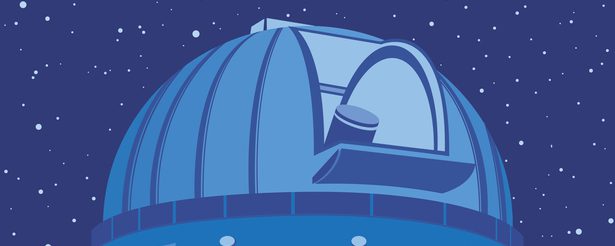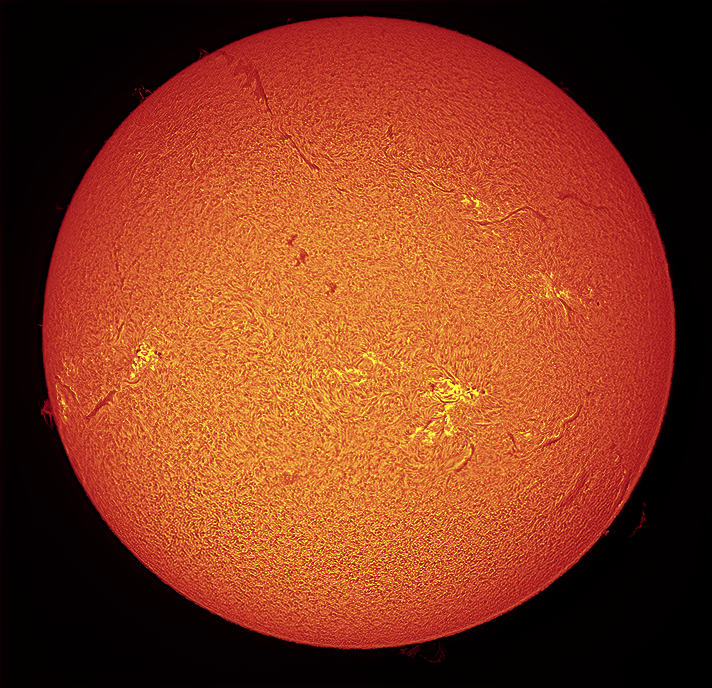
Similar Posts
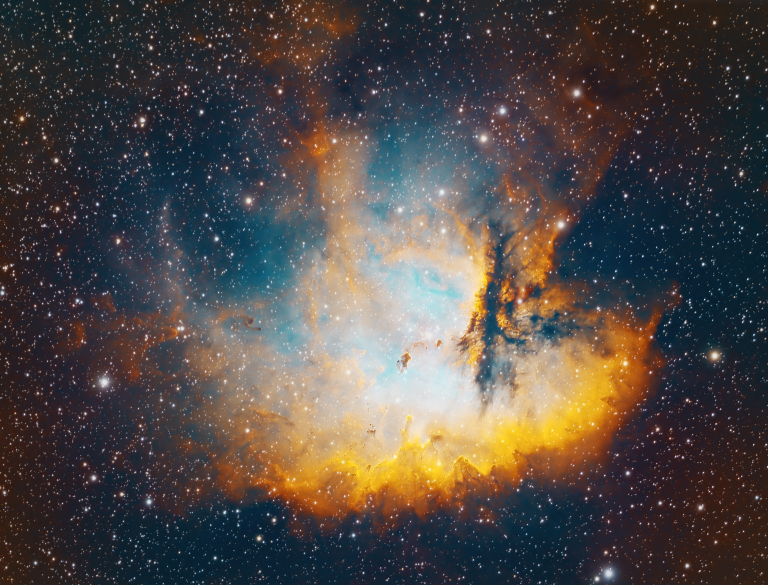
Playing with Pac-Man
This is NGC281, or the “Pac-Man” nebula. I think it’s one of those objects that might look a little like its name if you’re viewing it through a big telescope in a dark sky, but takes on a totally different character in long-exposure, narrowband images such as this. This is a total of 13 hours…
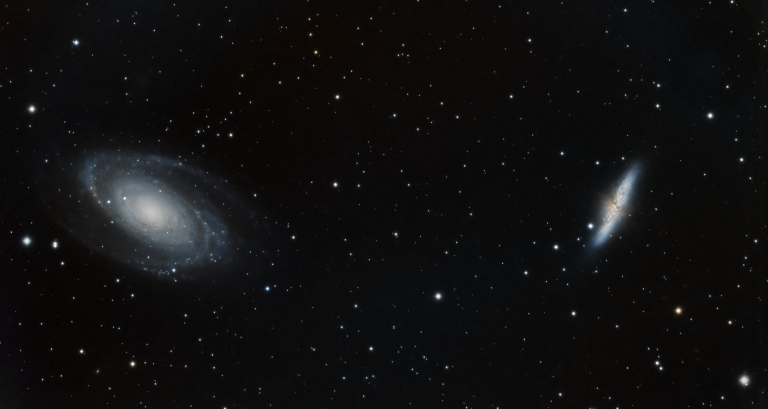
Bode’s Galaxies (M81 & M82)
Johan Bode discovered both Bode’s Galaxy (M81, on the left) and the Cigar Galaxy (M82, on the right.) Look closely and you’ll see many other, more distant galaxies in the background as well.
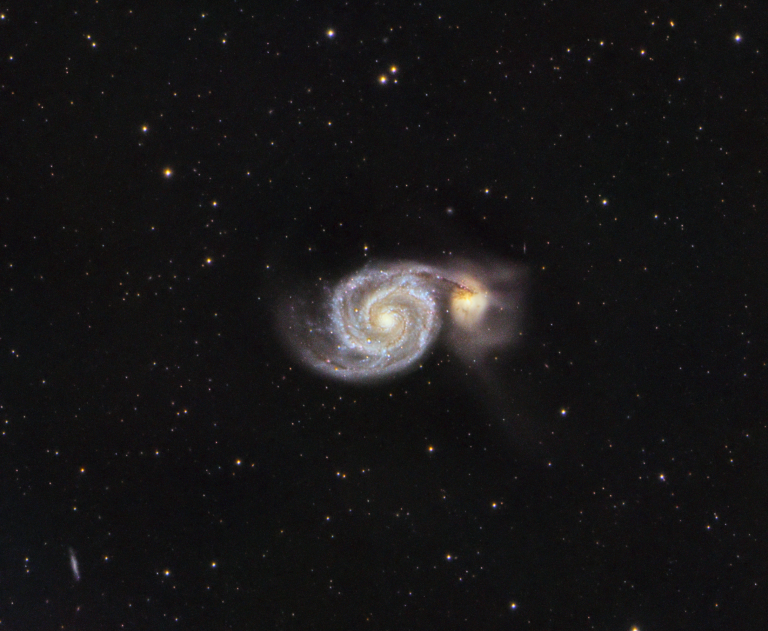
M51, the Whirlpool Galaxy – Another year, another try
Every year I image the “Whirlpool Galaxy” (really a pair of galaxies interacting with each other,) and every year it gets a little bit better. This year it was shot from our new observatory, on a newly-tuned mount and with some more image processing experience under my belt. It’s also under slightly darker skies, which…
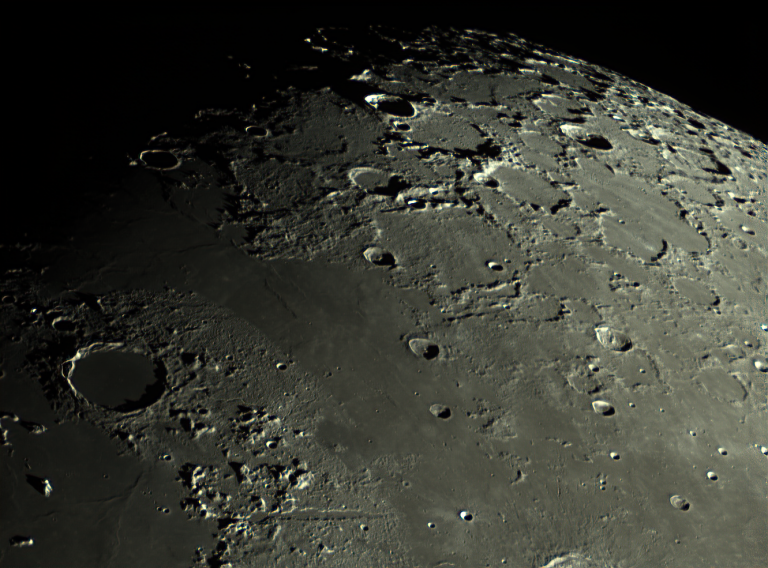
The Moon is Ready for its Close-Up
Last night I set out to image Jupiter and Saturn, but both are pretty far away at this point, and the atmospheric conditions weren’t great. So I tried for the Moon instead. We take our nearest celestial neighbor for granted – there’s a whole world right next to us, waiting for us to explore it!…
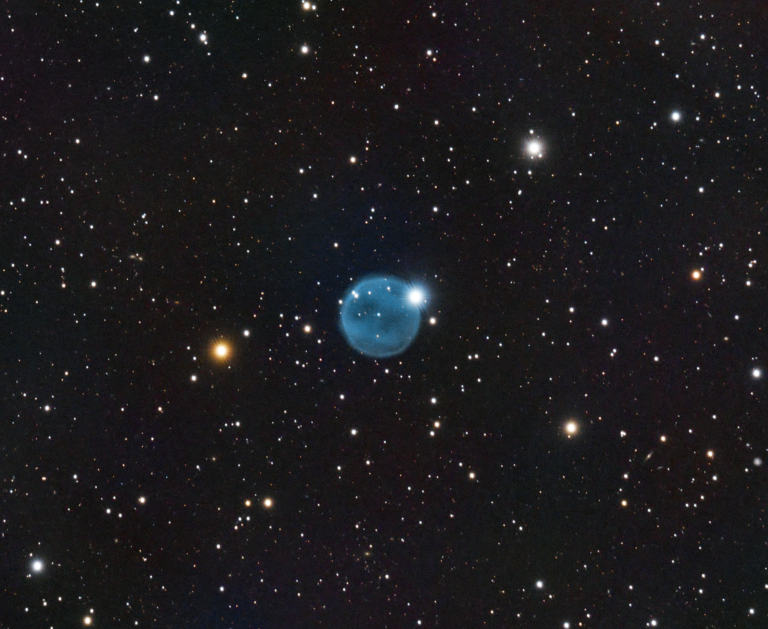
The Diamond Ring Nebula
Formally Abell 33 or the even more catchy name PK238+34.1, the “diamond ring nebula” is a planetary nebula – that means it’s the gas blown off by a dying star, not too different from our own sun. This one’s interesting due to its almost perfectly spherical shape, its cyan color from ionized Oxygen gas, and…
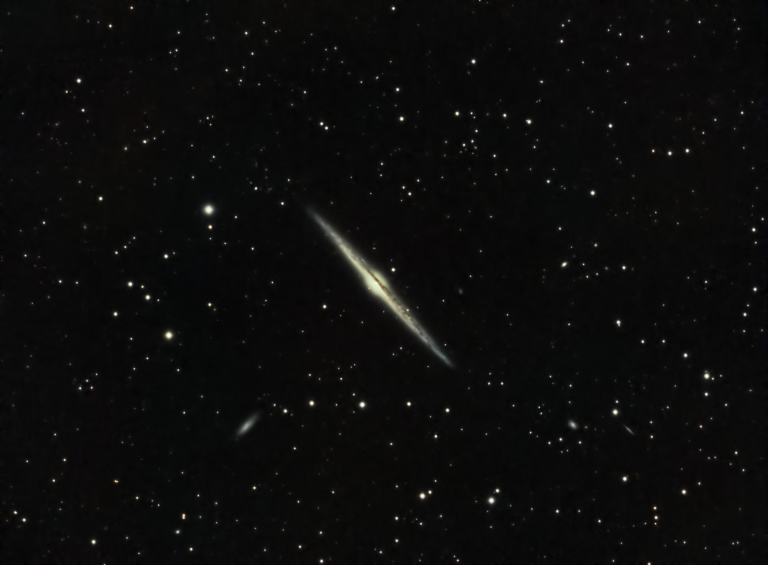
The Needle Galaxy
A spiral galaxy almost 40 million light-years away, viewed edge-on. The dust lane in the center of its disk, and central bulge are clearly visible. A couple of its smaller, satellite galaxies can also be seen here.
